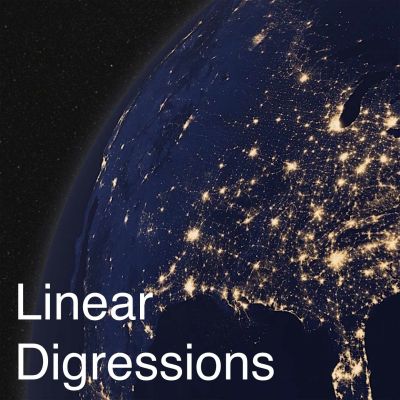In each episode, your hosts explore machine learning and data science through interesting (and often very unusual) applications.
http://lineardigressions.com
Better Facial Recognition with Fisherfaces
Now that we know about eigenfaces (if you don't, listen to the previous episode), let's talk about how it breaks down. Variations that are trivial to humans when identifying faces can really mess up computer-driven facial ID--expressions, lighting, and angle are a few. Something that can easily happen is an algorithm can optimize to identify one of those traits, rather than the underlying trait of whether the person is the same (for example, if the training image is me smiling, you may reject an image of me frowning but accidentally approve an image of another woman smiling). Fisherfaces uses a fisher linear discriminant to distinguish based on the dimension in the data that shows the smallest inter-class distance, rather than maximizing the variation overall (we'll unpack this statement), and it is much more robust than our pal eigenfaces when there's shadows, cut-off images, expressions, etc. http://www.cs.columbia.edu/~belhumeur/journal/fisherface-pami97.pdf
